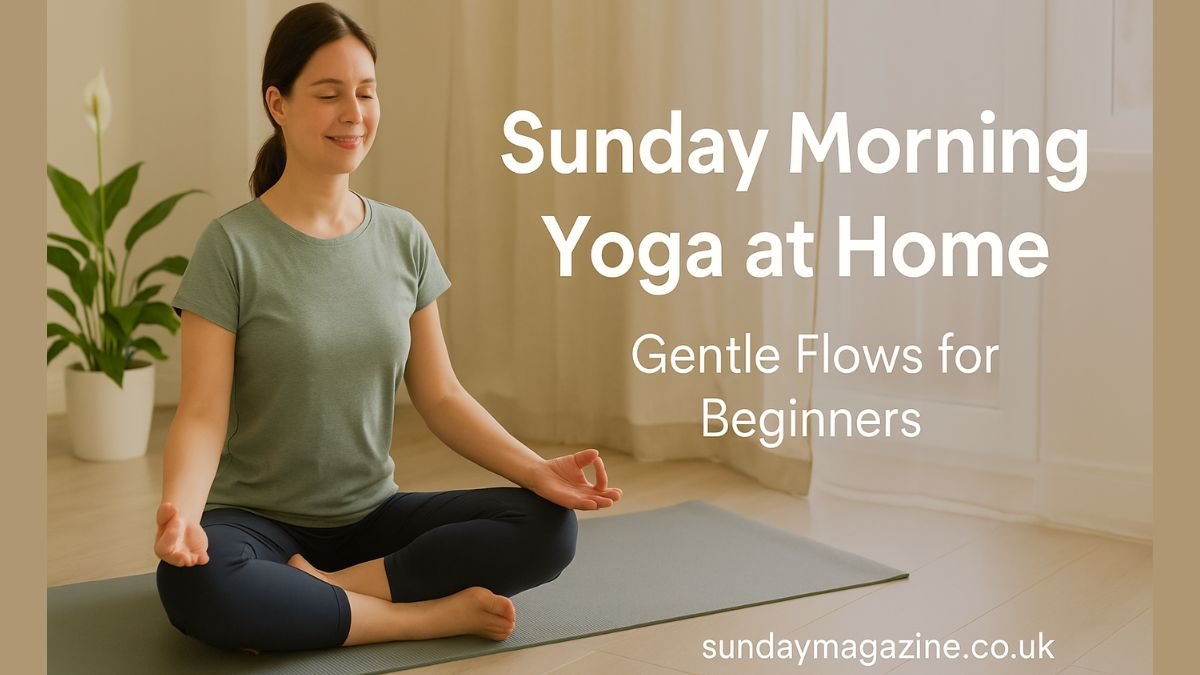In today’s digital age, where screen time is at an all-time high and vision-related concerns are increasingly common, the demand for fast, accessible eye health tools is growing. This is where Clarity Check, also known as ClarityCheck, comes into the spotlight.
If you’ve found yourself searching for “clarity check reviews,” “what is clarity check,” or wondering, “is Clarity Check safe?” — you’re in the right place. This article provides an in-depth look into what ClarityCheck is, how it works, who it’s for, and whether it’s a trustworthy solution for assessing your vision.
We’ll cover everything from its features and safety to real user experiences, and even how it compares with traditional eye tests. Whether you’re curious or considering trying ClarityCheck yourself, keep reading to learn everything you need to know.
What Is Clarity Check?
Clarity Check is a digital vision assessment tool designed to provide users with a quick and easy way to check their eyesight from the comfort of home. It typically comes in the form of an app or web-based tool that conducts various vision tests to assess clarity, focus, and overall eye health.
Key Features of ClarityCheck:
- Accessible via smartphone or desktop
- No need for physical equipment
- Offers vision clarity tests and assessments
- Results delivered instantly
- User-friendly interface
ClarityCheck aims to bridge the gap between routine eye exams and day-to-day monitoring, offering users a convenient way to keep tabs on their vision health.
How Does ClarityCheck Work?
Clarity Check uses digital technology to simulate tests similar to what you’d find at an optometrist’s office. The software guides you through a series of steps to evaluate your vision clarity, contrast sensitivity, and even potential refractive errors.
Common Tests Included in Clarity Check:
- Visual Acuity Test: Measures how clearly you see at different distances.
- Color Blindness Test: Identifies issues with color perception.
- Contrast Sensitivity Test: Evaluates how well you can distinguish between shades.
- Astigmatism Screening: Detects irregular curvature of the eye.
- Near and Far Vision Testing
The results are displayed immediately, allowing you to determine whether you may need a professional eye exam.
Who Should Use ClarityCheck?
Clarity Check is ideal for:
- Individuals who work on screens all day
- People noticing changes in their vision
- Parents who want a quick checkup for their children
- Seniors monitoring age-related vision loss
- Anyone who hasn’t had an eye test recently
Not Meant For:
- Diagnosing medical conditions
- Replacing a licensed optometrist
- Emergency eye care
Clarity Check Reviews: What Are Users Saying?
⭐ Average Rating: 4.5/5
Many users report a positive experience with Clarity Check, particularly noting its convenience and accuracy for a non-clinical tool.
✅ Pros Mentioned in Reviews:
- “Easy to use and intuitive interface”
- “Gave me peace of mind between my annual eye exams”
- “Helped detect that I needed to get real glasses”
❌ Cons Mentioned in Reviews:
- “Not a substitute for a real eye doctor”
- “Test results can vary depending on screen size and brightness”
“ClarityCheck helped me catch early signs of vision loss before my next appointment. It’s not a replacement for a doctor, but it’s a great screening tool.” – Verified User, ClarityCheck US
ALSO READ: SSIS 469: All You Need to Know
Is Clarity Check Safe?
✅ Yes, ClarityCheck is safe to use for non-diagnostic purposes.
The platform does not collect invasive personal health data and typically does not store your results unless you create an account. Always ensure you’re using the official ClarityCheck site or app to avoid scams or imitations.
⚠️ However:
- It should not be used for medical diagnoses
- Always consult an optometrist for ongoing eye issues
- Device calibration matters – screen brightness and resolution can affect test accuracy
Benefits of Using ClarityCheck
|
Benefit |
Description |
|
Convenience |
Use it at home, on your own schedule |
|
Speed |
Get results within minutes |
|
Affordability |
Many features are free or low-cost |
|
Early Detection |
Catch minor issues before they worsen |
|
Educational |
Learn more about your own vision health |
How Clarity Check Compares to Traditional Eye Exams
|
Feature |
Clarity Check |
Traditional Exam |
|
Location |
Home-based |
Eye clinic |
|
Time Required |
5–15 minutes |
30+ minutes |
|
Cost |
Free to low-cost |
$50–$150+ |
|
Accuracy |
Good for basic checks |
High (clinical-grade) |
|
Follow-up |
Self-monitored |
Professional advice |
While Clarity Check is a helpful tool, it should not replace professional eye exams—especially if you’re experiencing pain, rapid vision changes, or chronic issues.
What to Look Out For (Potential Risks)
- Over-reliance on tech: Self-assessments can’t replace medical expertise.
- Variable test quality: Poor screen calibration may distort results.
- Misinterpretation: Without medical guidance, users may misread the severity of their results.
Conclusion: Is Clarity Check Worth It?
If you’re looking for a simple, fast, and user-friendly way to monitor your vision, Clarity Check is a worthwhile option. While it’s not a replacement for professional eye care, it’s a helpful first step for anyone curious about their eyesight or looking for reassurance between exams.
Just remember: ClarityCheck is a vision screening tool, not a diagnostic device. Use it wisely, and always follow up with a licensed professional if anything seems off.
FAQs About ClarityCheck
❓ What is Clarity Check used for?
- It’s a tool for performing basic vision clarity checks at home.
❓ Is Clarity Check accurate?
- It offers reasonably accurate results for non-clinical use but isn’t as precise as a professional eye exam.
❓ Is Clarity Check safe to use?
- Yes, it is safe when used responsibly and not as a substitute for medical advice.
❓ Do I need to download an app?
- Some versions require downloads; others run in a browser.
❓ Is Clarity Check free?
- It offers both free and premium versions, depending on features and platform.





